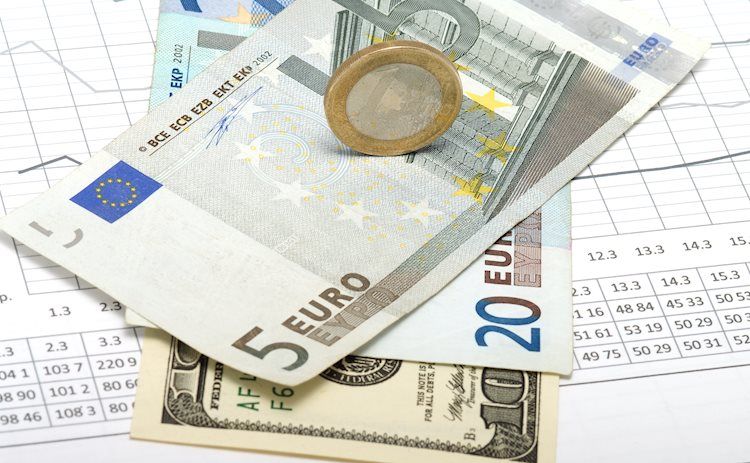- EUR/USD is probing the upper 1.1900s as the US dollar comes under pressure.
- A dovish ECB meeting failed to deal any lasting damage to the euro.
EUR/USD is currently probing fresh highs for the session in the 1.1980s, which incidentally are also weekly highs, with the pair having not struggled too much to break above resistance in the form of the early February 1.1950 lows. Bulls will now eye a test of the 2 March lows at just under the 1.2000 level as the next key area of resistance ahead of a test of the big figure.
On the day, the euro is up just under 0.4% versus the US dollar, but is not a stand-out performer by any means; GBP and NZD are also up close to 0.4% on the day versus the buck and the euro’s performance is being eclipsed by the loonie, Aussie and Swiss France, each up around 0.5% on the day. Thus, the main reason behind EUR/USD’s Thursday rally seems to be weakness in the US dollar, which seems, at least to some degree, to be caused by a very much risk on market tone, hence why the safe-haven Japanese yen is performing even worse than the buck.
Driving the day
As noted, a risk on driven lack of demand for safe-haven currencies like USD and JPY is the main factor behind EUR/USD’s rally on Tuesday. Markets seem to be drawing optimism from US fiscal stimulus news; US President Joe Biden is to sign his $1.9T stimulus package into law on Thursday and there is lots of chatter about his multi-trillion-dollar infrastructure-focused stimulus package which is slated to be coming in the next few months. Meanwhile, strong US weekly labour market numbers also seem to have helped the improved risk tone.
Thursday’s ECB meeting has been another key focus of the market; in short, the ECB held its policy-setting steady as expected but surprised markets in signaling that it would significantly increase the rate of PEPP purchases over the coming quarter in order to keep European yields under wraps, with sources suggesting this will amount to somewhere between EUR 60-100B in monthly asset purchases. This surprise, though triggering some initial weakness in the euro that saw EUR/USD drop briefly to the 1.1930s, has not dealt any lasting damage, perhaps given the ECB’s more upbeat take on the outlook for the economic recovery (from the second half of the year) and inflation.
Looking ahead, focus will return to the economic calendar on Friday with the release of Eurozone Industrial Production for the month of January slated at 10:00GMT. Note that this is a fairly backward-looking indicator and is unlikely to have too much of an impact on broader market sentiment, even if it does trigger a few pips worth of volatility in EUR/USD.
